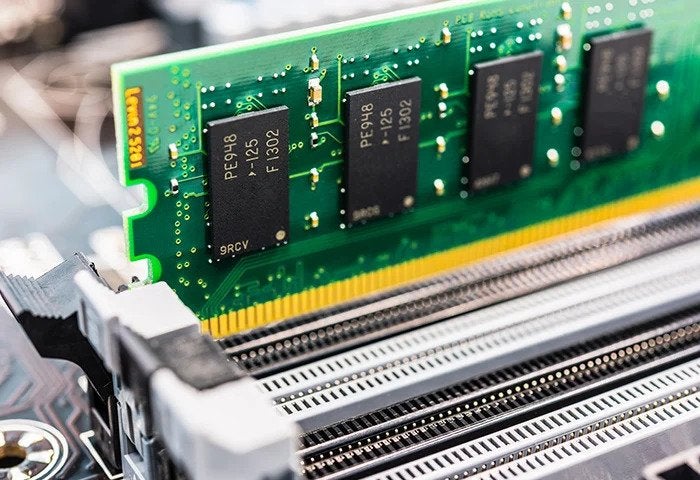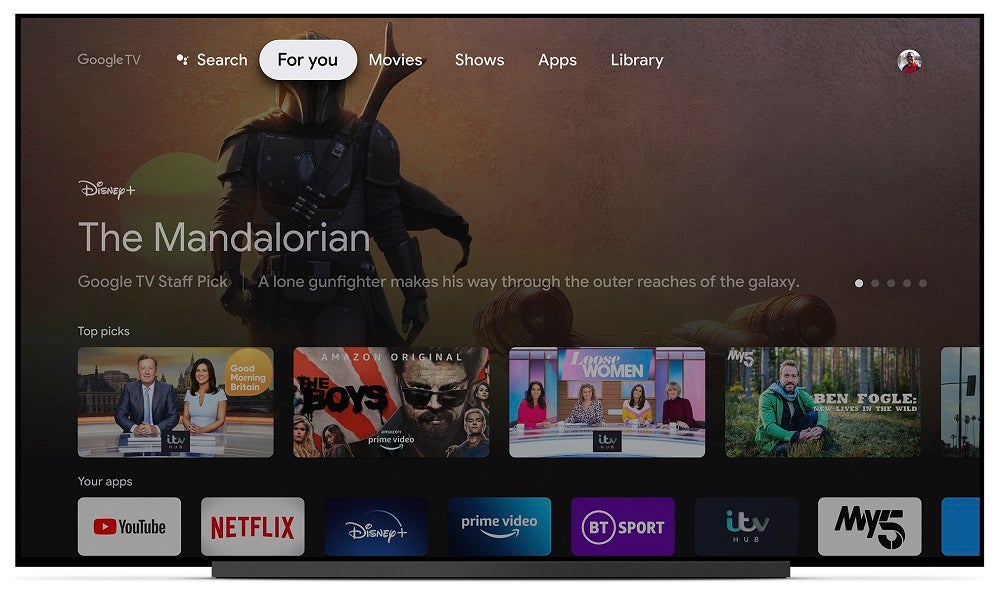- Like
- SHARE
- Digg
- Del
- Tumblr
- VKontakte
- Flattr
- Buffer
- Love This
- Save
- Odnoklassniki
- Meneame
- Blogger
- Amazon
- Yahoo Mail
- Gmail
- AOL
- Newsvine
- HackerNews
- Evernote
- MySpace
- Mail.ru
- Viadeo
- Line
- Comments
- Yummly
- SMS
- Viber
- Telegram
- JOIN
- Skype
- Facebook Messenger
- Kakao
- LiveJournal
- Yammer
- Edgar
- Fintel
- Mix
- Instapaper
- Copy Link
If you’ve heard of Wi-Fi 7 before, you may be wondering what it is and why it matters. Read on to find out everything you need to know about the next generation of internet.
Even if you might not be aware of it, the most recent specification of Wi-Fi is Wi-Fi 6E, which came out in 2020 and opened up opportunities in terms of speedy internet connection.
However, Wi-Fi 7 is already waiting in the wings, and may even make Ethernet cables obsolete. Keep reading to find out everything you need to know and feel free to message us on Twitter for any further questions we don’t cover here.
What is Wi-Fi 7?
Wi-Fi 7 is the next generation of internet connection and it is currently in development. It is based on the 802.11be draft, though it has not been approved yet by the FCC.
Looking back to Wi-Fi 6, or 802.11be, it can help mitigate issues that come when multiple devices are on a single Wi-Fi network as it allows the routers to communicate with more devices at once.
Wi-Fi 6 also allows for a maximum output of 9.6Gbps (gigabits-per-second), which was a speed improvement over Wi-Fi 5, though the main goal was to improve the connection over multiple connected devices.
Wi-Fi 7, meanwhile, could potentially make Ethernet cables obsolete for some homeowners and some professionals, as it will theoretically support bandwidth speeds of up to 30Gbps, which is a massive improvement compared to Wi-Fi 6. As a rule a higher gigabit-per-second speed will let networks move more information between devices faster. Though, you would need an internet connection capable of reaching these speeds to take advantage of the extra bandwidth.
First introduced in Wi-Fi 6E, utilisation of the 6GHz band, also known as 5.925–7.125 GHz, should be introduced with Wi-Fi 7 as it results in less interference than the other bands available. Wi-Fi 7 is also aiming for lower latency for time-sensitive networking, which is essential for cloud gaming and computing, as well as the idea of replacing Ethernet cables.
Right now, a lot of Ethernet devices cannot go above 10Gbps, so Wi-Fi 7 could potentially replace the need for a wired connection in certain environments. It’s important to note that some environments have access to Terabit Ethernet, which has higher speeds, though it is not widely available to most consumers.
There is some potential for Wi-Fi 7 to overtake Thunderbolt 4‘s ability to move data at up to 40Gbps, with the benefit of not needing any wires.
Plus, another enhancement could be the support of 320MHz transmissions, and optionally the support of 4096-QAM, which is higher than the 1024-QAM in Wi-Fi 6,
Other supposed features of Wi-Fi 7 also include backwards compatibility with legacy devices in the 2.4, 5 and 6GHz bands, which means there won’t be a need for new devices or hardware to connect to a Wi-Fi 7 router.
When will Wi-Fi 7 be available?
MediaTek came out with a news release that claims it has already tested out the maximum Wi-Fi 7 speeds mentioned previously, with Wi-Fi 7 products expected to come to markets in 2023.
It has also been suggested that the next Wi-Fi solution will come in 2024, according to IEEE Spectrum.
While we don’t have any concrete dates yet, we will be sure to update this article when we do. Plus, you can check out our guide on the best routers, if you’re looking for a better internet connection.
What are Wi-Fi standards?
When a new Wi-Fi standard comes out, there are usually some improvements and refinements to the network, with Wi-Fi 6 coming in as the sixth generation of standards.
Looking below there is a full table of all the previous Wi-Fi standards, including the old and new names, maximum speeds and any other important information.
Note that the three generations prior to Wi-Fi 4 have not officially been rechristened by the Wi-Fi Alliance, as they’re now defunct and won’t be found or supported by any new products.
| Original name | New name | Top speed | Year of introduction | Other information |
| N/A | Wi-Fi 6E | 9.6Gbps | 2022 | Adds a new 6GHz channel with more 160GHz channels. Less interference means higher speeds, but the range isn’t as good as on the 5GHz and 2.4GHz bands. |
| 802.11ax | Wi-Fi 6 | 9.6Gbps | 2018 | Doubles 5GHz channel bandwidth and adds full-duplex MU-MIMO for better sharing. |
| 802.11ac Wave 1 / Wave 2 | Wi-Fi 5 | 1.3Gbps / 2.34Gbps | 2013 / 2016 | Used 20, 40 and 80-MHz channels in the 5GHz band / used 160MHz 5GHz channel, added MU-MIMO (Multi-user MIMO) for even greater coverage |
| 802.11n | Wi-Fi 4 | 450Mbps | 2009 | Support for dual-band Wi-Fi, meaning routers and devices could use 2.4GHz and 5GHz, and MIMO (multi input, multi-output) for greater coverage |
| 802.11g | n/a | 54Mbps | 2003 | Brought the top 802.11a speed to the 2.4GHz frequency |
| 802.11b | n/a | 11Mbps | 1999 | Single-band, used the 2.4GHz frequency |
| 802.11a | n/a | 54Mbps | 1999 | Single-band, used the 5GHz frequency, launched at the same time as 802.11b |
It’s important to note that the speeds lists are the theoretical maximum speeds, and even if you own the latest laptops and phones, your mileage may vary, depending on how close you are to your router, how many devices are connected to your router and if you have a mesh Wi-Fi system set up.
If you want to take full advantage of the current Wi-Fi 6 and Wi-Fi 6E solution and all its improvements, you will need the proper equipment. You will need an 802.11ax compatible router, as to ensure that each device that connects to the router has an appropriate Wi-Fi 6 antenna.
Wi-Fi standards also ensure that products are backwards-compatible. This means that older connected devices will still connect to a Wi-Fi 6 router, and any smartphone or other devices that are Wi-Fi 6 compatible can connect to a Wi-Fi 5 router.









